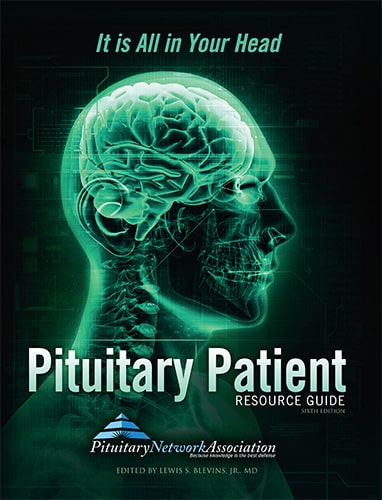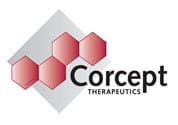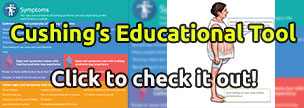Pituitary Glossary starting with N
Needle Biopsy
Removal of tissue or suspensions of cells from living patients through a small needle for diagnostic examination.
The removal of tissue or fluid with a needle for examination under a microscope. When a wide needle is used, the procedure is called a core biopsy. When a thin needle is used, the procedure is called a fine-needle aspiration biopsy.
Fine-needle aspiration is used when a doctor finds a lump that appears to be a cyst. Removal of fluid from the lump is done using a thin needle and a syringe.
A core needle biopsy uses a needle with a special cutting edge. The core needle is inserted through a small cut in the skin, and a small core of tissue is removed.
Neoplasm
An abnormal tissue that grows by cellular proliferation more rapidly than normal and continues to grow after the stimuli that initiated the new growth cease.
Neoplasms show partial or complete lack of structural organization and functional coordination with the normal tissue, and usually form a distinct mass of tissue, which may be either benign (benign tumor) or malignant (cancer).
Nervous System
The entire integrated system of nerve tissue in the body
The brain, brain stem, spinal cord, nerves and ganglia.
Neuron
Nerve cell; conducts electrical signals.
1) A type of cell that receives and sends messages from the body to the brain and back to the body. The messages are sent by a weak electrical current. Also called nerve cell.
2) The basic cellular units of nervous tissue. Each neuron consists of a body, an axon, and dendrites. Their purpose is to receive, conduct, and transmit impulses in the nervous system.
3) The major components of a typical neuron include the cell body with the nucleus; the dendrites that receive signals from other neurons; and the axon, which relay nerve signals to other neurons at a specialized structure called a synapse. When the nerve signal reaches the synapse, it causes the release of chemical messengers (i.e., neurotransmitters) from storage vesicles. The neurotransmitters travel across a minute gap between the cells and then interact with protein molecules (i.e., receptors) located in the membrane surrounding the signal-receiving neuron. This interaction causes biochemical reactions that result in the generation, or prevention, of a new nerve signal, depending on the type of neuron, neurotransmitter, and/or receptor involved.
Neuroradiology
The clinical subspecialty concerned with the diagnostic radiology of diseases of the central nervous system, head, and neck.
The use of medical interventional radiologic techniques in which fluoroscopic imaging is used to guide catheters in blood vessels.
Noninvasive
Denoting a procedure that does not require insertion of an instrument or device through the skin or a body orifice for diagnosis or treatment.
In cancer, it describes disease that has not spread outside the tissue in which it began.
Nuclear Medicine
The clinical discipline concerned with the diagnostic and theraputic uses of radionuclides (an isotope of artificial or natural origin that exhibits radioactivity), excluding the therapeutic use of sealed radiation sources.
Certain imaging procedures, including PET scanning, employ radionuclides to provide real-time visuals of biochemical pro cesses. One device, a nuclear imaging machine, employs a scintillation camera, which can rotate around the body to pick up radiation emitted by an injected substance (e.g., radioactive iodine, which localizes in the thyroid, or radioactive thallium, which localizes in the heart). Through computerization, a digitized image of a particular organ is produced.
Nucleus
The center of the cell containing the genetic information (genes and chromosomes, DNA, etc.).
The appearance of the nucleus is used as a criterion to determine the malignant potential of a cell or tissue.









